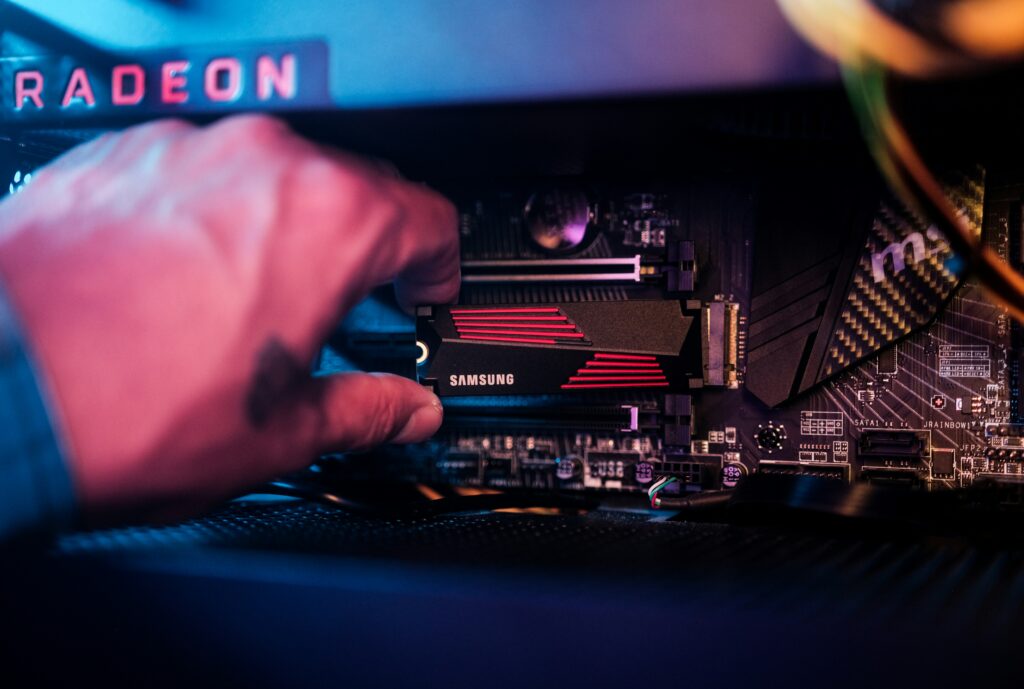In the realm of computing, virtual memory serves as a critical component that bridges the gap between physical hardware limitations and the demands of software applications. But what exactly is virtual memory, and how does it enable the seamless execution of complex tasks on computers? Join us on a deep dive into the world of virtual memory, where we uncover its mechanisms, benefits, and impact on the performance and efficiency of modern computing systems.
Understanding Virtual Memory
Virtual memory is a memory management technique employed by operating systems to provide an illusion of a larger, contiguous address space than the physical memory (RAM) available on a computer system. It allows software applications to access more memory than is physically installed, by transparently swapping data between RAM and secondary storage devices, such as hard disk drives (HDDs) or solid-state drives (SSDs). Virtual memory effectively extends the available memory capacity, enabling the efficient execution of large programs and multitasking on computers with limited RAM resources.
The Evolution of Virtual Memory
The concept of virtual memory dates back to the 1960s, with the development of early mainframe computer systems. However, it wasn’t until the advent of personal computers and the widespread adoption of graphical user interfaces (GUIs) in the 1980s that virtual memory became a standard feature in operating systems. Over the years, virtual memory management techniques have evolved, with advancements in hardware technology, operating system design, and memory management algorithms enhancing the performance, reliability, and scalability of virtual memory systems.
How Virtual Memory Works
Virtual memory operates based on the principles of demand paging and address translation, involving several key components and processes:
- Paging: Virtual memory divides the address space of a process into fixed-size blocks called pages, which are stored in physical memory (RAM) or secondary storage (disk). When a process requests memory, the operating system allocates virtual memory pages as needed, loading data from disk into RAM on demand.
- Page Tables: Each process has a corresponding page table, which maps virtual addresses to physical addresses, enabling the operating system to translate memory references and manage memory allocation efficiently.
- Page Faults: When a process attempts to access a page that is not currently in RAM (a page fault), the operating system triggers a page fault handler, which retrieves the required page from disk and updates the page table accordingly.
- Swapping: In situations where physical memory becomes scarce, the operating system may swap out inactive pages from RAM to disk, freeing up space for more critical processes. Swapping involves transferring data between RAM and disk, optimizing memory usage and system performance.
Benefits of Virtual Memory
Virtual memory offers several benefits to computer systems and software applications, including:
- Increased Memory Capacity: Virtual memory extends the effective memory capacity of a computer system, enabling the execution of large programs and multitasking without requiring excessive amounts of physical RAM.
- Memory Isolation: Virtual memory provides memory isolation between processes, ensuring that each process operates within its own protected address space, preventing unauthorized access and enhancing system security.
- Flexibility and Scalability: Virtual memory allows the operating system to dynamically allocate and manage memory resources based on application requirements and system workload, adapting to changing conditions and optimizing performance.
- Fault Tolerance: Virtual memory systems are resilient to memory faults and failures, as they can recover from errors such as page faults, out-of-memory conditions, and disk failures, minimizing the risk of data loss and system crashes.
Challenges and Considerations
While virtual memory offers numerous advantages, it also presents challenges and considerations, including:
- Performance Overhead: Virtual memory incurs performance overhead due to the additional processing and disk I/O required for address translation, page faults, and swapping operations, impacting overall system performance and responsiveness.
- Fragmentation: Virtual memory systems may suffer from fragmentation, where free memory becomes fragmented into small, non-contiguous blocks, reducing memory efficiency and increasing overhead for memory allocation and management.
- Page Replacement Policies: The choice of page replacement algorithm (e.g., LRU, FIFO, or CLOCK) can significantly impact virtual memory performance, as different policies prioritize page eviction based on factors such as access frequency, recency, and locality of reference.
- Storage Requirements: Virtual memory systems require sufficient disk space to accommodate page files and swap space, necessitating careful consideration of storage capacity and provisioning to avoid resource contention and performance degradation.
The Future of Virtual Memory
As computing technology continues to evolve, the future of virtual memory is marked by several trends and developments, including:
- Memory Compression: Advances in memory compression techniques aim to reduce the overhead of virtual memory systems by compressing inactive pages in RAM, optimizing memory usage and performance.
- Non-Volatile Memory: Emerging non-volatile memory technologies, such as Intel Optane and 3D XPoint, promise to blur the distinction between RAM and storage, offering fast, byte-addressable memory that can serve as an extension of physical RAM or as persistent storage for virtual memory.
- Distributed Memory Systems: Distributed memory architectures and distributed file systems enable virtual memory to scale across clusters of interconnected nodes, leveraging parallelism and redundancy to improve performance, reliability, and scalability.
- Machine Learning and AI: Machine learning and artificial intelligence techniques are increasingly applied to optimize virtual memory management, predicting workload patterns, identifying performance bottlenecks, and dynamically adjusting memory allocation and paging strategies to maximize efficiency and responsiveness.
In conclusion, virtual memory stands as a cornerstone of modern computing, enabling the efficient utilization of memory resources and the seamless execution of complex tasks on computers with limited physical RAM. By extending the effective memory capacity, providing memory isolation, and adapting to changing workload conditions, virtual memory enhances the performance, flexibility, and scalability of computer systems and software applications. As technology continues to advance, the future of virtual memory holds promise for further innovation and optimization, driving continued improvements in computing efficiency, reliability, and performance in the digital age.
